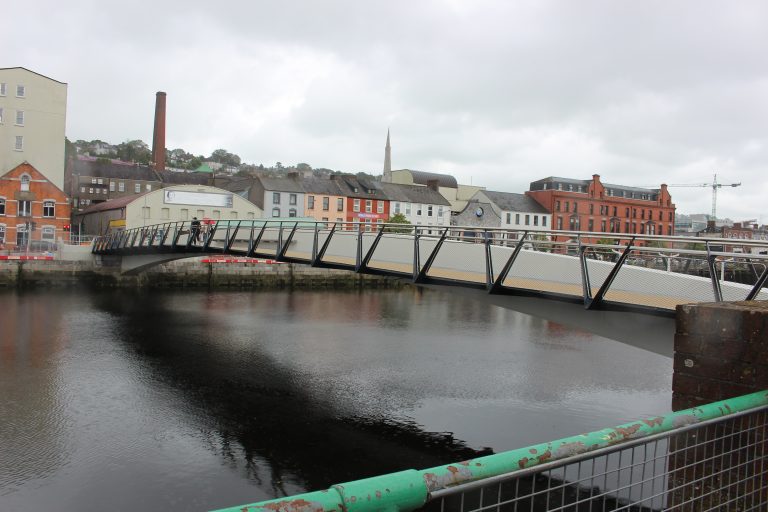Integrated Sports and Educational Centre: Limerick
In cooperation with Limerick City and County Council assisted in the preparation of a submission for grant funding of a project to develop a 17 acre site in the City into a sports ground with two artificial surfaces and a sports hall. The grounds are currently in the ownership of Limerick and Clare Education and Training Board and host just one grass pitch for GAA sports as well as an educational centre. The site is between the Kilmallock and Roads and Bawnmore roads and close to the Southill Regeneration Area. Artificial surfaces are in high demand and sports facilities are limited in the catchment area. Consequently, it was projected that the facility would generate a high level of activity with substantial social and health benefits.
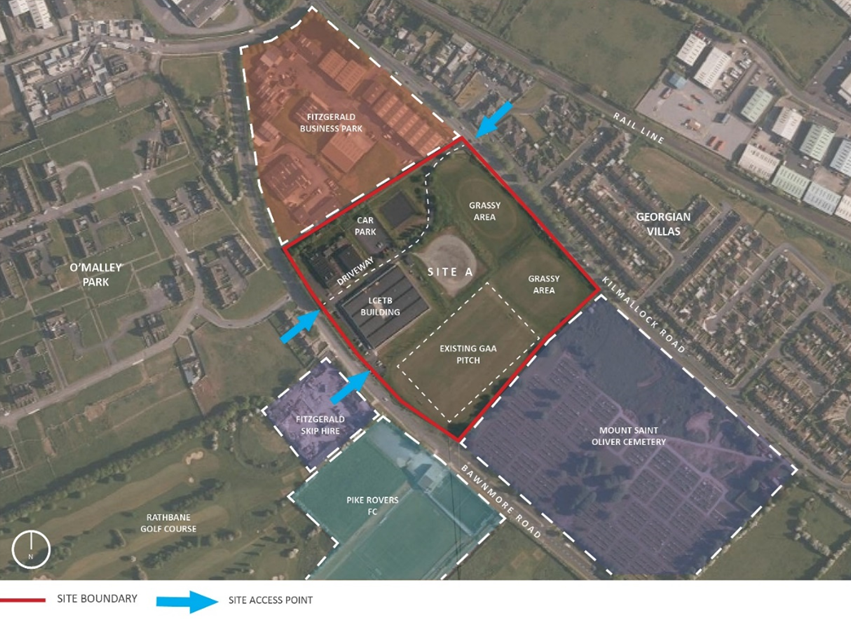
Tralee Aquadome: Cost Benefit Analysis
Your Content Goes Here
The Aquadome at Tralee is the biggest water leisure facility in Ireland. For nearly 30 years it has been attracting patronage from tourists and residents in the south west and beyond. With nearly 200,000 admissions per annum, and rising, It has become an important part of the tourism infrastructure in the region. Consequently the facility needs to expand to meet demand and also refurbishment of some of the plant is due. Dorgan Associates carried out a CBA of the projected cost of €3 million and concluded that mainly due to the external benefits to the local tourist industry from the expansion, the project would yield a significant economic return on the combined investment expansion and refurbishment.
Your Content Goes Here
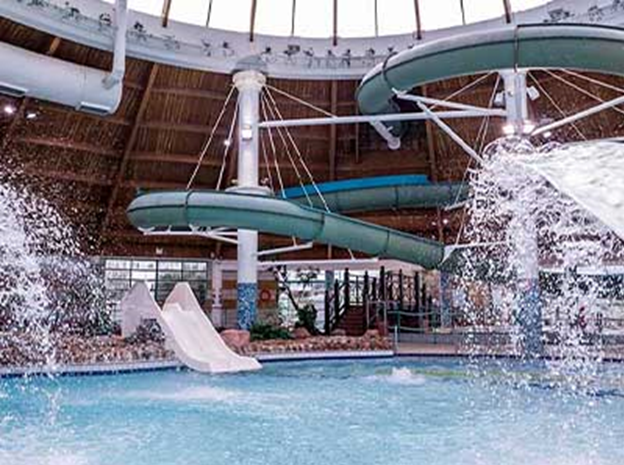
Munster Technological University: Expansion of Bishopstown Campus
The purpose of the assignment was to assist the MTU to prepare a Cost Benefit Analysis of a proposal to expand capacity of the university through the addition of extensions to the existing main building at Bishopstown and to repurpose a sports hall for teaching. The cost is estimated at in excess of €40 million in 2023 terms, will add or rehabilitate over 9,000 sq m and accommodate 1,600 students and over 100 staff. Dorgan Associates also provided a Cost Benefit Analysis of a related but separate project to refurbish some of the older parts of the main building. The capital cost of the refurbishment, including some parts already completed, is also in excess of €40 million. The CBA focused on the benefits of postponement (there was no question of not refurbishing the building) which is the resultant of the time value of money versus the costs of postponement. The latter included energy and maintenance costs of an old building plus the expected value of the risk during the postponement that the building, or part of it, would become unusable and as a consequence student capacity would be lost. The conclusion was in favour of early commencement of refurbishment.
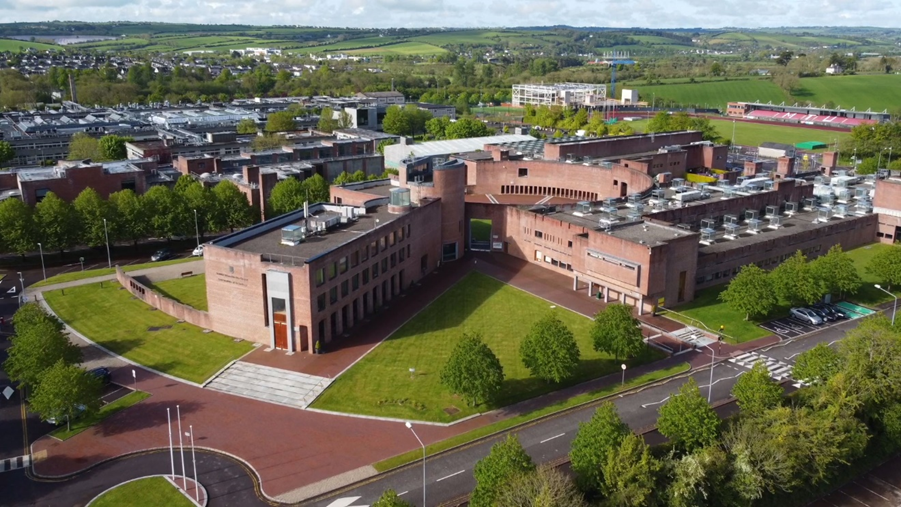
Askeaton Pool: Feasibility Study
The Askeaton pool is a popular facility on the River Deel about 15 miles from Limerick. However, it has proved increasingly prone to flooding which has the capacity to disable the pool and require extensive downtime and expense to repair. A number of engineering solutions were prepared including construction of a new pool on a different site. A Cost Benefit Analysis of these options concluded that the option recommended by engineers – to raise the level of the plant and tank it – yielded a significant return in CBA terms. In calculating external benefits estimates of the economic value of health and safety benefits were included based on US research.
The project was delayed and in the meantime the pool deteriorated to the pint where it had to be closed. A reevaluation of the proposed works was undertaken. But as the option now was investment or permanent closure, the conclusion was fairly straightforward. For a relatively small investment in flood protection and some enhancement the pool would be restored to use.
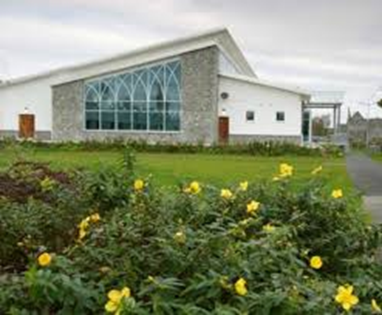
Economic Impact of Covid 19
A study of the impact of Covid 19 on the economy of Kerry was undertaken for Kerry County Council. Because of its dependence on tourism, the highest of any county or city in Ireland, the Kerry economy is particular vulnerable to Covid 19. According to CSO data aggregate income in Kerry is about €4 billion. Given that travel began to be suspended in the first quarter and is still going on, the tourism industry is virtually at a standstill and any relaxation on travel will be too late to save the season. Based on surveys of businesses, it was calculated that the effect of Covid 19 would be to reduce aggregate incomes in the County by about 25%.

Cost Benefit Analysis of Hospital Project
Cost benefit analysis of a proposal to develop the Emergency Department facilities at Beaumont Hospital, Dublin. As the existing ED is over 30 years old and hasn’t been significantly refurbished or expanded, congestion can be acute. With a rapidly growing population in the area, particularly of those over 75 which form a large part of ED presentations, the situation is destined to get worse. The main options boil down to building on a new site or refurbishing and expanding the existing facility. Economic CBA can only capture a small part of the real, that is to say the clinical benefits of an adequately sized ED (or any other health investment). However, Dorgan Associates were able to quantify the economic value of timely treatment in an ED and timely discharge or admission to in patient care. In economic terms either option returned a very large return.
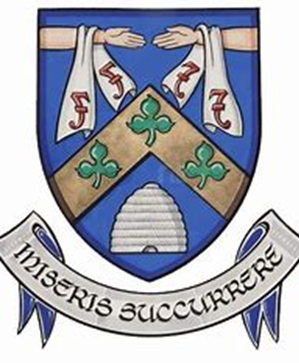
Regeneration Project: Limerick City and County Council
LCCC acquired a 1.6 hectare site (the ‘Opera Quarter’) in central Limerick City from Nama. After a decade of neglect the site was in a considerable state of dilapidation, thereby adding to the generally run down condition of that part of the City. With funding from the European Investment Bank and the Council of Europe Bank and from grants from the Irish government especially the Department of Local Government, the City planned a €200 million project in the area to include modern offices, a civic centre, residential and hospitality businesses. The project promises to regenerate this part of the city which is near the historic city centre. For LCCC Dorgan Associates carried out a Cost Benefit Analysis which included valuations of both commercial and socio economic benefits of the project. The regeneration effect was calculated by reference to earlier studies of impacts of regeneration projects in Limerick applied to estimates of the value of commercial and residential property in the target area.
The CBA showed a substantial net economic gain and the project is now under construction.
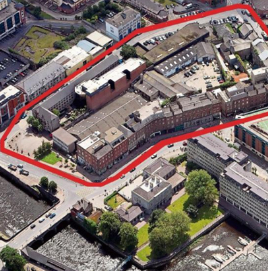
Munster Technological University/Athletics Ireland
This was a Multi Criteria Assessment and Cost Benefit Analysis (CBA) of a MTU/Athletics Ireland project for financing under the Large Scale Sports Infrastructural Fund of the Department of Transport, Tourism and Sport. The project is to build a high performance and community sports facility at the MTU’s campus at Bishopstow,n Cork (formerly the Cork Institute of Technology). The elements of the project is for an athletics hall to accommodate a six-lane 60 m sprint track, space for field events (pole vault, long jump, etc.) and training spaces for shot and hammer events. Importantly, the hall is to accommodate a high performance gym and spaces for sports testing and measurement thus providing capacity for an expanded range of academic programmes in sports, leisure and health subjects. Also included in the project is replacement of the tartan running track. The collaboration with MTU and strong demand for athletics facilities in Cork mean that there are few real alternatives if first class facilities are to be provided outside Dublin. A CBA based on imputed values of public patronage of the Hall and educational outputs in the form of sports science graduates, indicated that the project should return significant benefits in economic terms.
The submission was successful and the project received €9 million from the Department, one of the largest awards under the scheme.
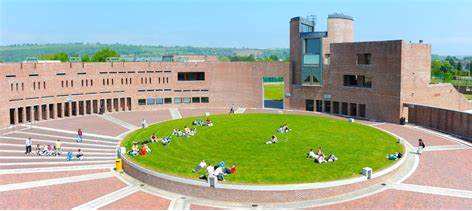

Greenways: Costs and Benefits
In recent years, development of cycling and hiking paths, mostly on disused railway lines and canal towpaths, has added an attractive amenity for both tourists and residents alike. Notable examples are the Great Western Greenway from Westport to Achill,
- Old Rail Trail from Athlone to Mullingar,
- Great Southern Greenway in Limerick and
- Waterford Dungarvan Greenway.
Dorgan Associates was involved in CBAs for two projected greenways: the Cork Harbour Greenway and the Midleton to Youghal Greenway, both promoted by Cork County Council. The former project is a link which will eventually result in a continuous 23 km greenway from Cork City to Crosshaven and will have commuter as well as recreational benefits. A wide variety of benefits can be generated by greenways but only three can realistically be estimated:
- amenity benefits, the pleasure of walking or cycling in attractive rural settings,
- health benefits from enticing the population to take more exercise, and
- tourism spin off from the rapidly growing segment of foreign and domestic tourists for whom hiking and cycling are important vacation activities.
The costs of greenways are usually relatively small since the right of way is already in public possession and structural works are minor. On the other hand they have proved highly popular with each user bringing a parcel of the above benefits. Consequently, economic returns tend to be high.

CBA For IADT and Four Former Institutes of Technology
Cost Benefit Analysis for the Institute for Art and Design Technology and each of four former Institutes of Technology (Carlow, Cork, Tralee, Letterkenny) now parts of the technological universities of the South East, Munster and the Atlantic, in relation to their applications for funding from the Department of Education and Science for new facilities. In the analyses the benefits were quantified as the uplift in lifetime earnings of graduates from the expanded facilities relative to earnings of persons with second level education only. In Ireland, the graduate ‘premium’ is quite large by international standards. Projects evaluated were mainly for science and technology facilities but there were also evaluations of proposals for sports and student buildings.
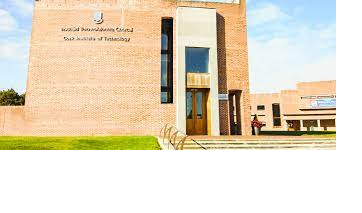
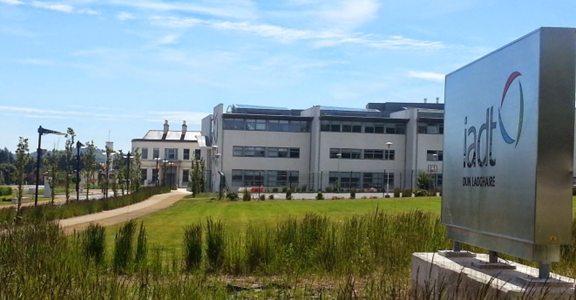
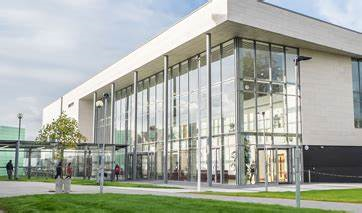
Multi-functional Event Centre, Cork
Dorgan Associates worked with Cork City Council on the evaluation of a project to develop a Multi-Functional Event Centre in Cork. The general objective was to provide a centre with a capacity for about 6,000 persons somewhat along the lines of the O2 in Dublin and similar facilities in other cities in Europe. The centre would host musical, theatrical and sporting events. It would also be scalable down to accommodate smaller events such as exhibitions and concerts. The project has been evaluated by marketing, accounting and engineering consultants. Dorgan Associates’ task was to conduct a Cost Benefit Analysis. The outcome of the analysis showed a positive return.
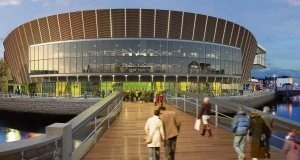
Designated Urban Centres Grant Scheme
The DUCGS provides funding through the Regional Assemblies for city council projects promoting urban renewal and sustainable transport. Dorgan Associates provided assistance to Cork City and Cork County Councils in preparing proposals for submission to the Southern Regional Authority (SRA) for a number of projects. These projects embraced inner city tourism, public parks, pedestrianisation, cycle paths and flood protection. A number of these projects had been under consideration by the two local authorities for some time. The projects proposed are a good fit with Cork City’s development plans and with Priority 5 of the Regional Operational Programme 2014-20 and the availability of EU regional development funds through the SRA bring them within the realm of financial viability. The main analytical techniques employed were Cost Benefit Analysis and Multi Criteria Analysis. Benefits from the projects were in terms of tourism expenditure, time savings, flood damage averted and amenity values and promised significant returns on the funds ear marked for investment.
A number of the proposals received financing, one of the most notable being the pedestrian bridge across the Lee (see illustration on right).
